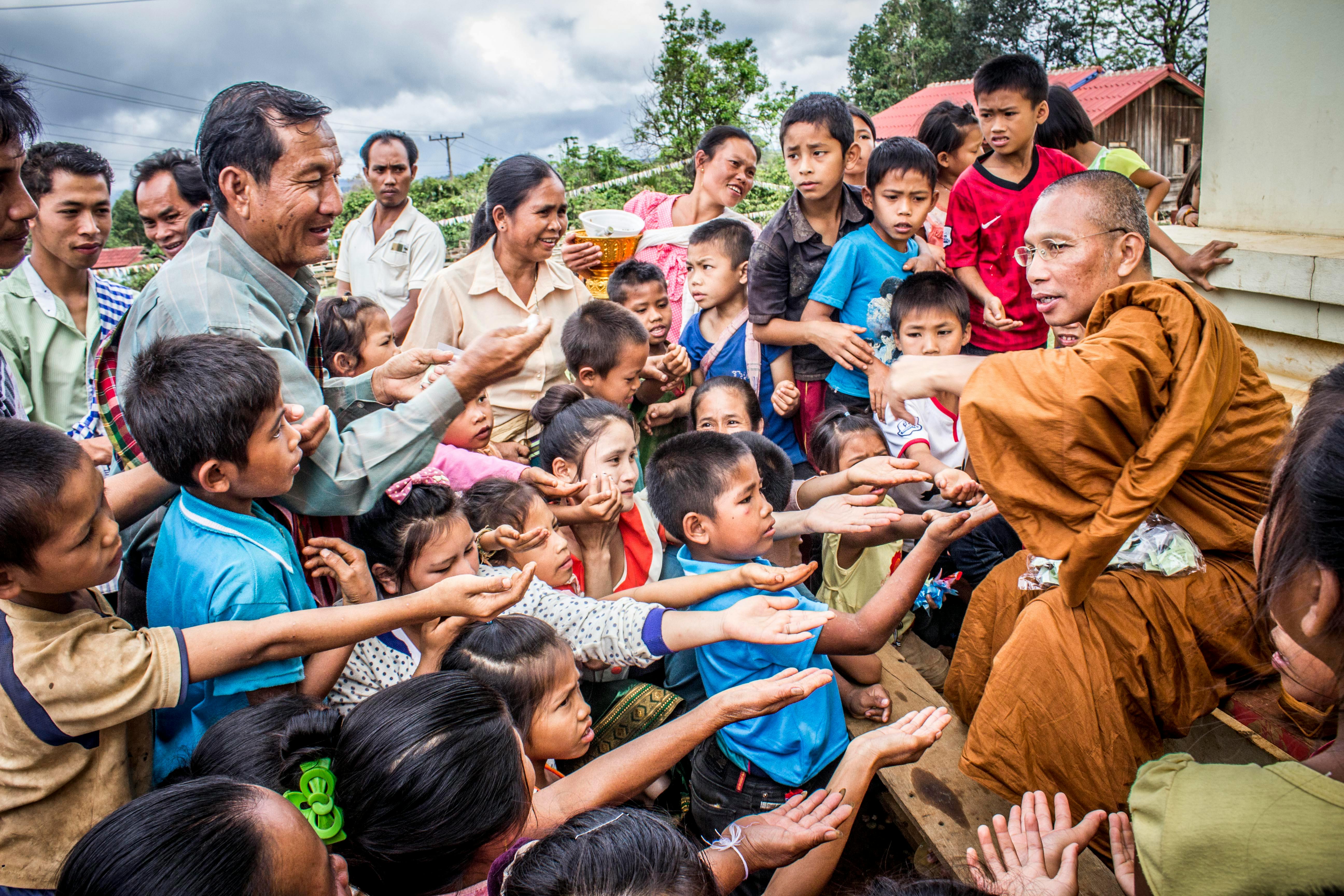The majority of Japanese marriages were conventionally intimate unions between members of the same family. Numerous couples immediately choose to have a more elegant wedding ceremony held at a temple or different religious site. Others continue to practice the more traditional rituals https://www.gotquestions.org/women-pastors.html, frequently including a sakura ( cherry blossom ) ceremony, where the bride and groom cross a tree together to signify the renewal of their vows.
Shinto, the faith practiced by Japan’s indigenous people, dominates these festivities for the most part. A pastor officiates these ceremonies, known as shinzen shiki, in a ceremony that is both somber and joyful. The few makes an announcement to the kami and asks for their blessing during this tradition. The range three, which denotes unity and fortune, is taken from nine sips of three cups in a meeting called sansankudo. The bride and groom take vows, exchange presents, and therefore love each other before performing a royal dance to please the angels.
The shinzen shiki rites are no good to vanish, despite the increasing popularity of Western-style ceremonies in Japan. Toyohiko Ikeda, a key Shinto eastmeeteast reviews priest at Sugawara Shrine in Machida, with whom we spoke, about the customs that have evolved into more contemporary customs.

The partners attends a wedding reception after the major ceremony. Relatives and friends typically attend this conventional gathering. Traditional gifts are traditionally presented in velvet and tied with mizuhiki, or paper strips, to symbolize good fortune.